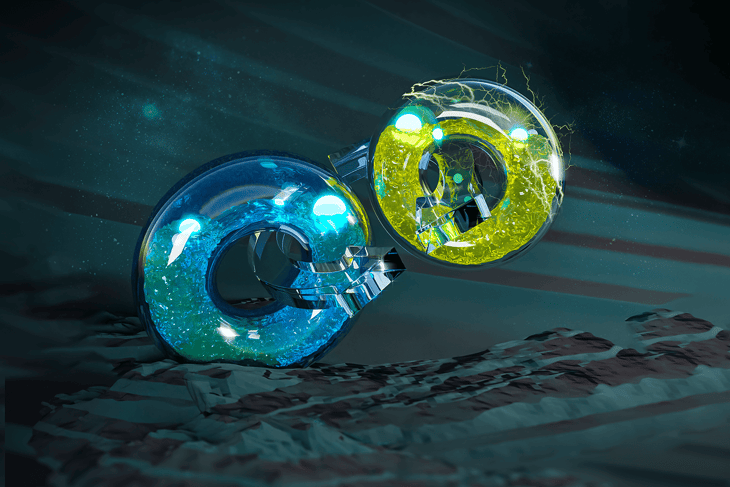Are they the superhero in fuel cell technology? Joanna Sampson asks Bryan Pivovar, a Senior Research Fellow and Fuel Cell Group Manager in the Chemistry and Nanosciences Center at the National Renewable Energy Laboratory (NREL).
What is a reversible fuel cell?
Bryan Pivovar (BP): They’re the same two reactions run forward in reverse. In a fuel cell, you typically take hydrogen and oxygen, and you make water. While you do that, you produce electricity and heat. In an electrolyser, you take water and electricity, and make hydrogen, oxygen and heat. The oxygen is often put back out into the environment and the hydrogen saved for use. But in some cases, you would save the oxygen and reject the hydrogen like on nuclear submarines or space applications for example.
One process makes electricity from chemical energy and the other process uses the chemical energy to make electricity, so you run the same things backwards and forwards. The idea of a reversible fuel cell is if you have to make a fuel cell and electrolyser separately, you have to pay the capital cost for both. If you integrate them into a single device, you may be able to save some of the capital costs by having it integrated into one unit. But there’s real challenges to trying to make that happen cost effectively.
... to continue reading you must be subscribed






